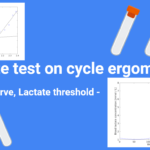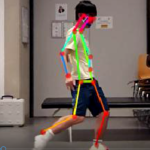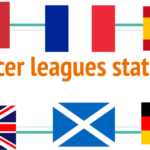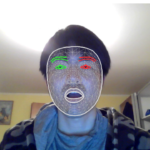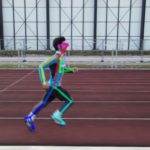Hello everyone,
You have to understand soccer kick biomechanics to maximize your ball speed. Soccer kicking involves a complicated biomechanical process. Therefore, the performance analysis of the kicking is often not easy. In this article, I will go through where to look for the kicking performance from the biomechanical point of view.
This article focuses on maximizing ball speed after you hit the ball!
Separation
First of all, you can separate the kicking motions into kicking and supporting legs. Then, there are 3 phases in the kicking leg motion and 2 phases in the supporting leg motion. The picture below shows the separation phase by phase. BS = Backswing; LC = Leg cocking; LA = Leg acceleration; ET = Energy transfer

Kicking leg
The first phase in the kicking leg is backswing. This phase is defined by the time between toe-off and maximum hip extension. Hip flexibility is a key component in this phase. Theoretically, the more you back-swing, the more potential you create to maximize the ball speed.
The second phase is leg cocking, which is defined by the time between maximum hip extension and knee flexion. It’s important to note that the maximum hip extension and knee flexion do not happen at the same time because the hamstring reaches its maximum contraction. Therefore, as the thigh starts swinging forward, the knee gets flexed. This knee flexion is not due to a voluntary muscle contraction; rather, the motion is dependent upon the other motion (in this case, the thigh). The important point is rather timing.
The third phase is leg acceleration, which happens from the maximum knee flexion until the ball contact. After the maximum knee flexion, the forward swing of the thigh slows down. This creates a “snap” to accelerate the shank motion moving forward. In general, the shank speed is directly connected with the ball speed if we ignore the point of the ball contact.
Supporting leg
The first phase is shock absorption. This phase happens between the land-on and the maximum knee flexion. After you land on the ground, you need to stabilize your whole body moving forward. Therefore, the knee must be flexed.
The second phase is energy transfer, which starts from the maximum knee flexion until the ball contact. After the maximum knee flexion, the knee should get extended to transfer mechanical energy to the kicking leg. From my observations, people usually miss this technique.
I am explaining these soccer-kicking biomechanics even further in my YouTube video, so please check it out!
Work together ??
Email me at takashi.sports.and.exercise@gmail.com
You can also find my interesting gigs on fiverr!!
